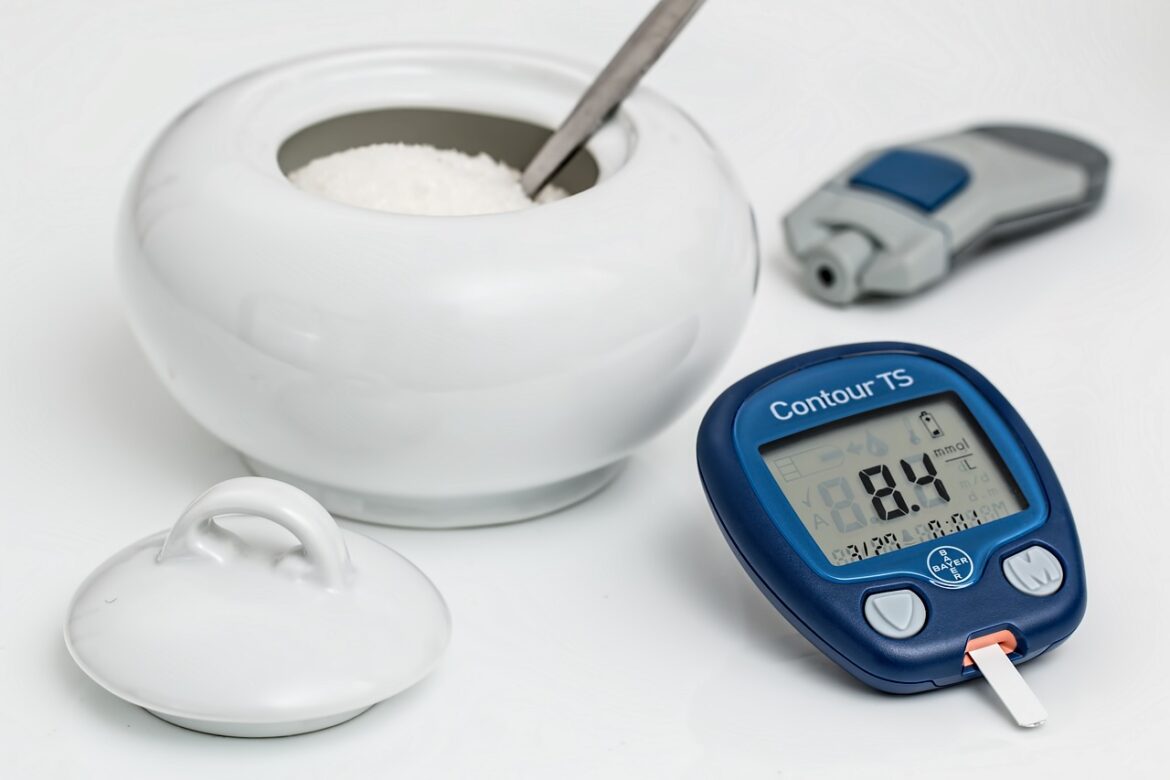A UK study has shown that exposing the backs of healthy individuals to red light, through a technique known as photobiomodulation, led to significantly reduced blood sugar levels.
The study’s authors demonstrated that exposure of the skin and muscles of the back to red light for 15 minutes before taking a glucose drink lowered the blood glucose response to that drink.
They argue that the red light exposure is responsible for improved cellular production of energy-rich nucleoside adenosine triphosphate (ATP). Dietary glucose is consumed in the process, which in turn reduces glucose levels in the blood.
Though the study was conducted in healthy people, the results showed that non-invasive red light therapy could have a role to play in the future in controlling diabetes, while also reducing the blood glucose fluctuations in the body that contribute to aging.
The co-author of the study, Glen Jeffery, Professor of Neuroscience at UCL’s Institute of Ophthalmology in London, said: “Sunlight has a balance between red and blue, but we now live in a world where blue light is dominant because although we do not see it, LED lights are dominant in blue and have almost no red in them. This reduces mitochondrial function and ATP production. Hence our internal environments are red-starved. Long-term exposure to blue light is potentially toxic without red. Blue light on its own impacts badly on physiology and can drive disrupted blood sugars that may in the long run contribute to diabetes and undermine health spans.”
Looking back, Professor Jeffery added: “Pre-1990, we all had incandescent lighting which was OK because it had the balance of blue and red similar to sunlight, but there is a potential health span time bomb in the change to LEDs in an aging population. This can partly be corrected by spending more time in sunlight.”
Expert reviewers gave the results a cautious welcome, noting, as did the authors, that the participants were all healthy, and that further research would be needed before the findings could impact the treatment of people living with diabetes.
“If confirmed later in people with diabetes, this could be the foundation of a useful intervention,” said Prof. Keith Frayn, a human metabolism specialist at Oxford University. “But these intriguing findings should be regarded as quite preliminary.
Importantly, we need to know whether this is a true metabolic effect, or whether, for instance, the warming effect of the red light exposure alters patterns of blood flow, potentially altering the nature of the blood sampled by pricking a finger.”
His colleague, Prof. Russell Foster, a neuroscientist at Oxford, described the study findings as “interesting”, but added: “The authors suggest a potential mechanism for the reduction in blood glucose levels as the absorption of the red light by a specific molecule … in the mitochondria of cells which then increases the energy of the cell, enabling faster glucose metabolism and reduction in overall blood glucose levels. However, the data presented in this study cannot alone prove the causality of this mechanism.”
So, the science jury may remain out on the true impact of red light on blood glucose. Meanwhile, for those who are non-diabetic but keen to be more in touch with their health at home, there is always finger-stick testing alongside a blood glucose meter and, now, continuous glucose monitoring (CGM) that can be read in real time through a smart phone app on your phone.




